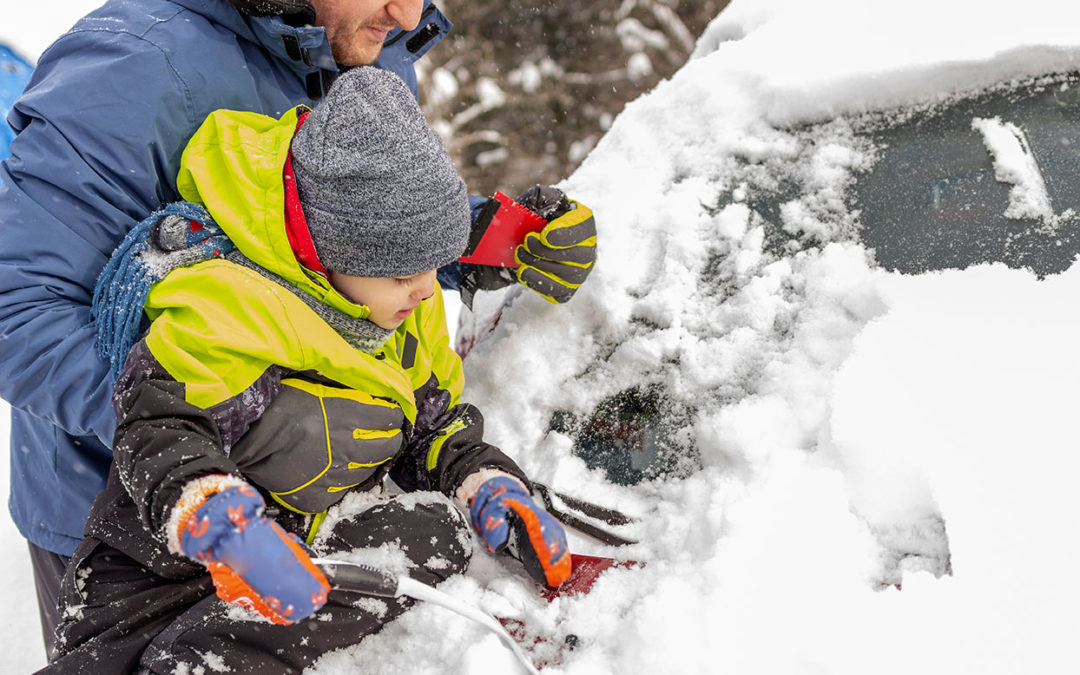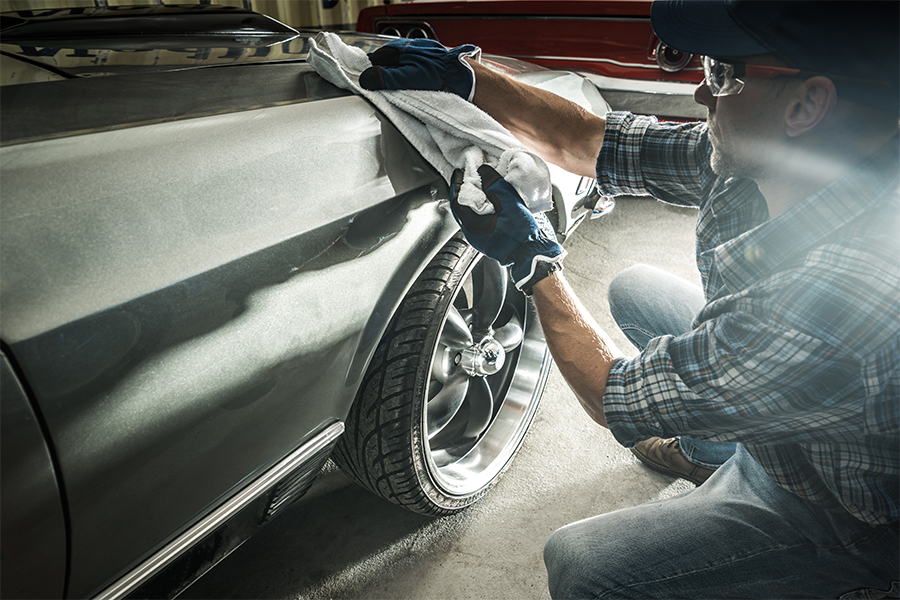Before winter descends on New England once again, take this quick refresher course on safe winter driving.
Tip #1: Slow down. The #1 tip for driving in snow is also the most obvious: Reduce your speed. Most winter crashes are caused by drivers going too fast for the road conditions.
Tip #2: Allow more room to stop. It takes up to 10 times longer than usual to stop on snowy and/or icy roads, so allow extra room between your vehicle and the one in front of you. Keep in mind that the drivers behind you will need extra time to slow down too, so put your turn signal on earlier than you normally would.
Tip #3: Nice and easy does it. Accelerate and brake smoothly and gradually. Sudden last-minute turns or stops are likely to result in skidding and sliding. If you’re following tips #1 and #2, you should have plenty of room to slow down and stop without slamming on the brake pedal.
Tip #4: Don’t let four-wheel drive make you overconfident. Four-wheel-drive and front-wheel-drive vehicles are less likely to slip during acceleration than rear-wheel-drive vehicles, but they’re just as difficult to stop and turn on wintry roads. Similarly, anti-lock brakes will prevent your brakes from locking up during a skid, but they won’t help you stop any faster.
Tip #5: Don’t cruise in the snow. Using your car’s cruise control on snowy or icy roads can be dangerous. If your vehicle starts skidding, the cruise control will accelerate to maintain a constant speed — spinning your wheels even faster. This could cause you to lose control of your vehicle.
Tip #6: Steer into a skid. If your car starts to skid, don’t panic. First, take your foot off the accelerator. Then turn your steering wheel in the same direction that the back of your car is sliding. For example, if the back of your vehicle is swinging to the left, turn the wheel carefully to the left. Don’t jerk the wheel violently or you may just start skidding in the opposite direction.
Tip #7: Switch to winter tires and maintain them. Your tires are the only contact between your car and the road, so choose them wisely. Winter radials are made of a softer rubber compound than regular tires, which allows them to grip the road’s surface better. Winter tires can allow you to stop as much as 50% faster on ice and snow. This is equivalent to stopping two to three car lengths sooner.
Once you have the right tires, make sure you inflate them properly. Overinflated tires have a smaller contact area with the road, providing less traction for your vehicle. And of course, worn-out tires with thin treads provide poor traction as well. To check the treads on your tires, use the penny test: Insert a penny, Lincoln’s head down, into the tread. If you can see Abe’s entire head, there’s not enough tread to drive safely, so it’s time for new tires.
You can get more information about buying and maintaining tires from the National Highway Traffic Safety Administration.
Tip #8: Stock your car with emergency supplies. At a minimum, keep your car stocked with these emergency items, in case you get stuck in the snow:
- Blankets
- Kitty litter or sand for traction under tires
- Jumper cables
- Warning devices such as flares or reflective triangles
- Cell phone with charger
- Water and healthy, nonperishable snacks (like granola bars)
And speaking of stocking up, make sure to always keep your gas tank at least half full to avoid fuel-line freeze-up.
Before you head out on a snowy drive, remember: You can’t fight Mother Nature, but with some common sense and good driving skills, you can work with her. And just in case she gets the better of you, make sure you have a good auto insurance policy.



